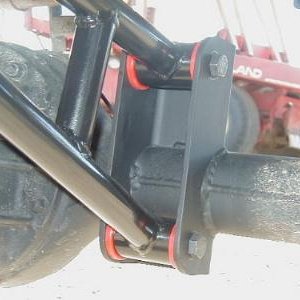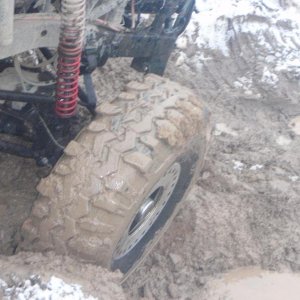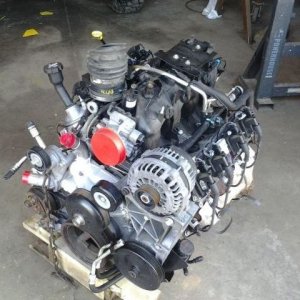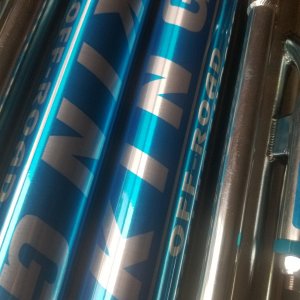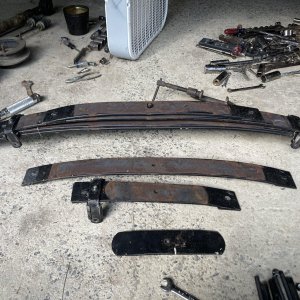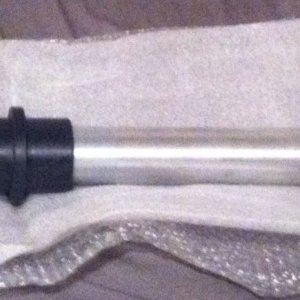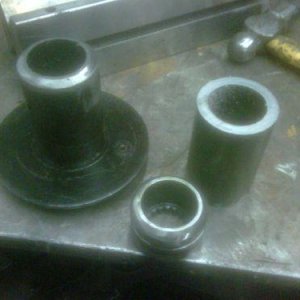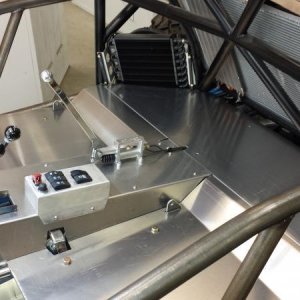TBItoy
Well-Known Member
pachary said:So you are saying that compressing a "gas" in a fixed volume cylinder does not increase rate?
Remember, although the piston is letting fluid past as the shock compresses, the shaft (and it is big on these shocks) is ALSO displacing fluid which compresses the "gas". As the gas compresses, the "rate" rises.
Bump stops have the same setup, at least mine do, minus the spring. As the airbump compresses rate increases.
I know for a fact if my ride is too soft, adding N2 will stiffen it up.
Technically y'all are both "right".
If you think about the loading on an air shock, you are using the oil volume to not only flow through the piston to damp the movement, but it is also changing the internal volume of the shock. More oil = less room for N2 to compress.
That's why it's a good idea to only charge air shocks at full extension. The pressure in the shock with the weight of the vehicle on it is a LOT more than when you initially charge it.
On an air bump, it sits static at full extension, so charging to a higher static pressure gives you a higher initial "spring" rate. The air bump is not acting on the suspension at ride height, therefore it can't affect ride height.
On an air shock, charging to a higher initial static pressure will simply raise ride height.
(Think of it as changing to a stiffer rate coil spring, same static length as the old spring, but leaving your coil mounts in the same location... The rig's weight didnt' change, so the rig will sit higher, because it can't compress the spring as much)
The actual pressure that you put in an airshock is not important, except as a reference to know if you need more or less to get your ride height where you want it.
The rule of thumb when tuning air shocks is:
Charge shock to whatever pressure needed to get ride height you want > drive rig
Does it bottom out easy? > Bleed off charge, Add Oil
Does it ride too stiff?> Bleed off charge,Subtract Oil
Repeat first step.

